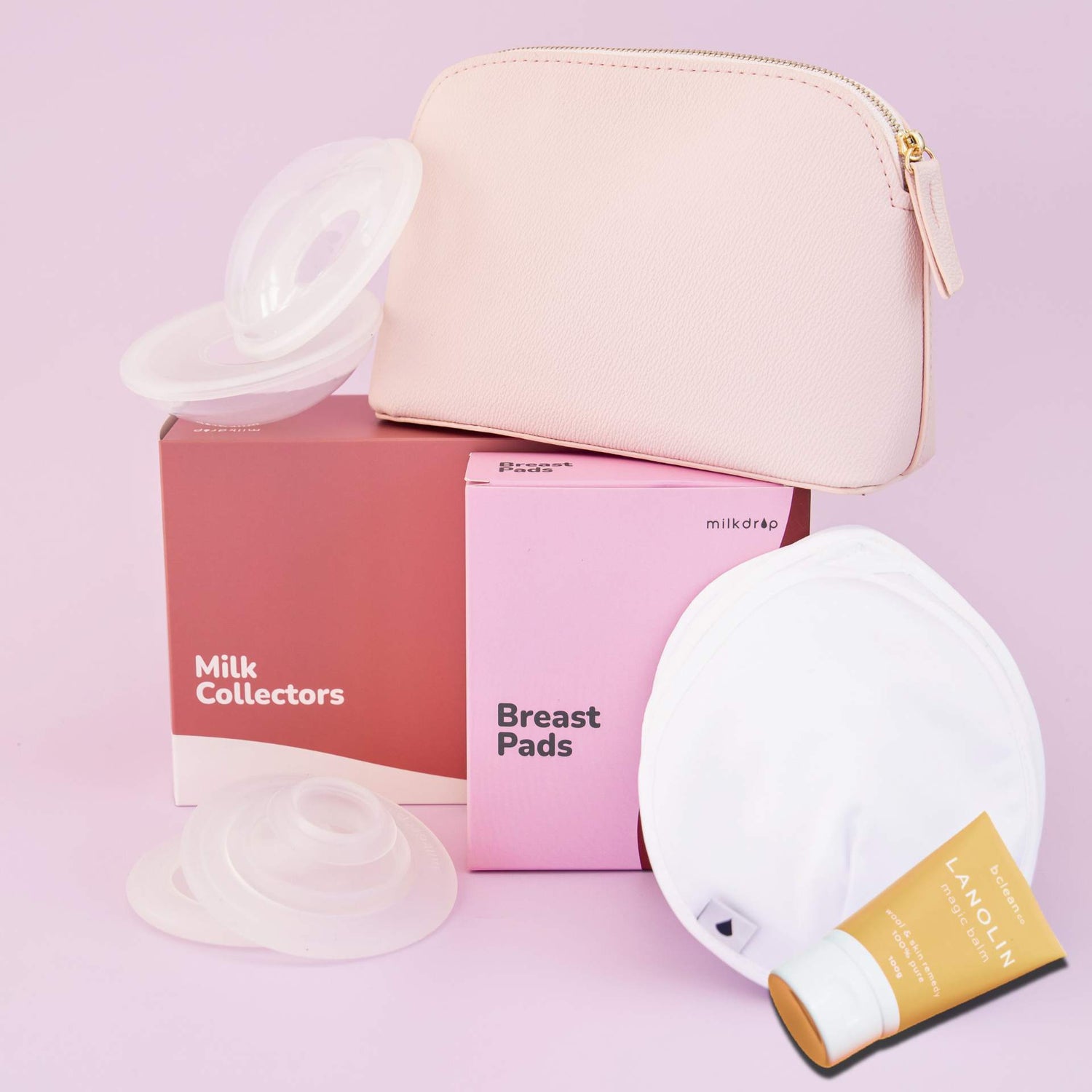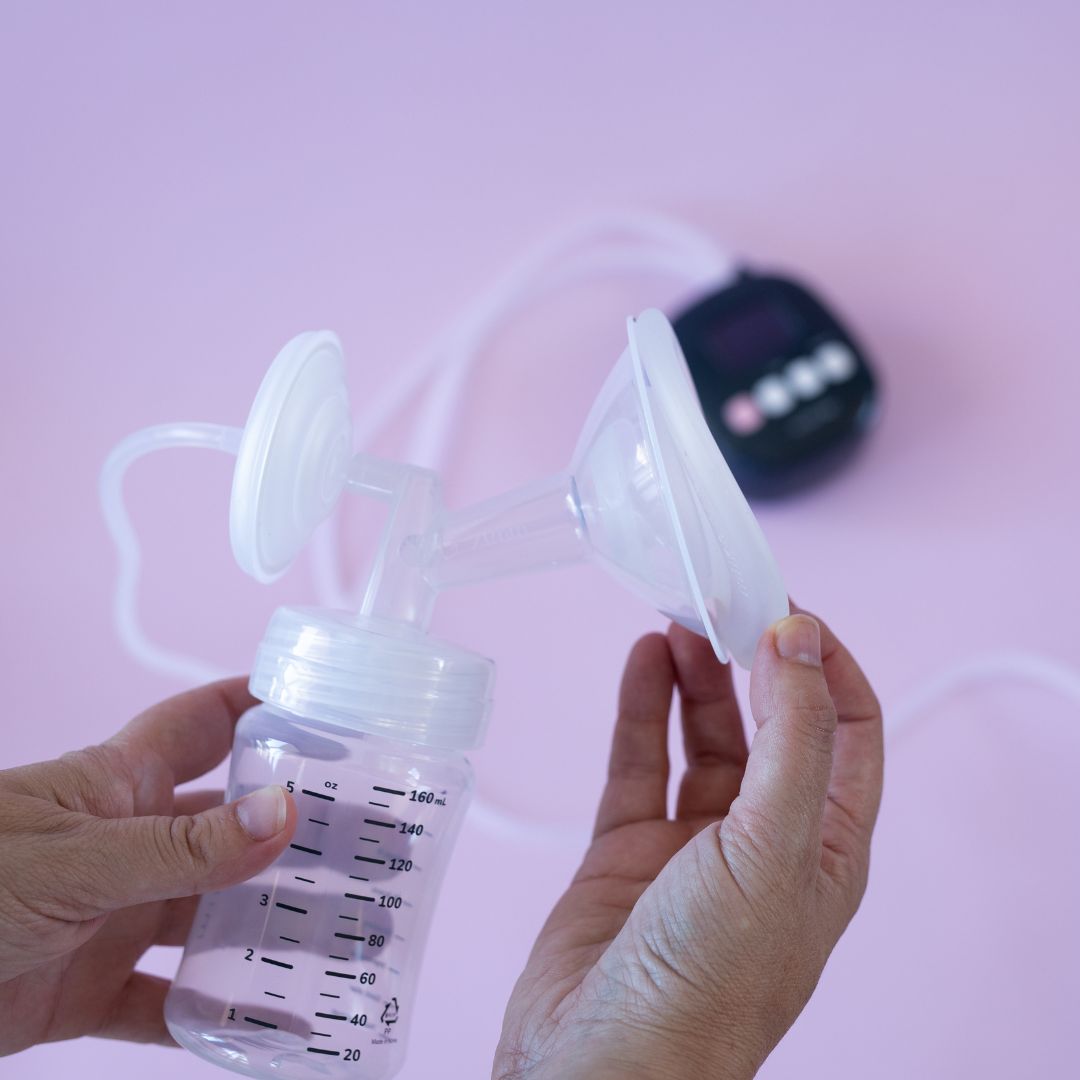Your breast milk is valuable, so once you’ve finished a pumping session it’s so important that you store your milk properly to avoid wasted milk (and time)! Proper storage is crucial to maintain both the quality and safety of your breast milk, so keep reading to find out the best method for storing your liquid gold.
Choose the right container
Although many of us have found ourselves in a pickle and contemplating storing milk in a zip lock bag, it’s actually very important to use containers that are specifically designed for storing breast milk. Baby bottles or bags that are BPA-free and have a secure seal are perfect for storing your milk. Avoid using regular plastic bags or containers, as these can leach harmful chemicals into your milk.
Label, label, label
It’s another thing that’s easy to forget in a rush, but labelling each container with the date you expressed the milk will save you a big headache later on. Having the date noted on each container will help you to keep track of the age of the milk so that you can use the oldest milk first. Keep in mind that breast milk can be stored for up to 4 days in the fridge and up to 6 months in the freezer.
Store in small quantities
Regardless of the volume of your output, it is best to store breast milk in small quantities. For example, a bottle with 2-4 ounces. This will help to avoid wasting any milk if your baby does not finish the entire bottle once defrosted.
Opt for the back of the refrigerator or freezer
Store your milk in the back of the fridge or freezer, where the temperature is the most consistent. Avoid storing any of your milk in the door of the refrigerator, as the temperature fluctuates more frequently.
Monitor the temperature
Don’t just set and forget! It’s important to monitor the temperature of your fridge or freezer to ensure that your milk is being stored at the proper temperature. Your fridge should be set at 5 degrees Celsius (40 degrees Fahrenheit) or below, and the freezer should be set at -17 degrees Celsius (0 degrees Fahrenheit) or below.
Thaw with caution
Avoid using a microwave to thaw breast milk, as this can heat your milk unevenly and destroy the nutrients. Instead, thaw your milk in the fridge overnight or place the container in a bowl of warm water.
Don’t keep leftovers
If your baby does not finish the entire bottle of breast milk, discard any remaining milk within 2 hours of the feeding.
Follow the FDA/CDC guidelines for storage
There are some useful tables for making sure you're storing and thawing as safely as possible. Check them out here.
Storing your breast milk properly is essential for maintaining its quality and safety. By using the right containers, labelling the date and monitoring the temperature, you can safely store breast milk for your baby, and make the most of all that pumping you’re doing!



